Following his viral hit “End of Beginning”, Djo, aka Joe Keery (yes, that Joe Keery), is finally back with his third album and I could not be more excited. His two singles “Basic Being Basic” and “Delete Ya” have only been out for a few weeks and they have already made their way to my top streamed songs in the past six months. To prepare for The Crux’s release on April 4th, we’ve put together a book list that features the vibes and themes of his first two albums.
“On and On” paired with “No One Is Talking About This” by Patricia Lockwood
“Scrolling on and on and on /
Feed the algorithm some”
A woman recently elevated to prominence for her social media posts travels around the world to meet her adoring fans. She is overwhelmed by navigating the new language and etiquette of what she terms “the portal,” where she grapples with an unshakable conviction that a vast chorus of voices is now dictating her thoughts. When existential threats–from climate change and economic precariousness to the rise of an unnamed dictator and an epidemic of loneliness–begin to loom, she posts her way deeper into the portal’s void.
“Delete Ya” paired with “Tell Me An Ending” by Jo Harkin
“Oh God, I wish I could delete ya /
Cause nothin can compete with ya” “Wind it back and never be with ya /
Then I’d be happy just to meet ya”
Thousands of people across the world are shocked by a notification that they chose to have a memory removed. They are now being given an opportunity to get that memory back. Four individuals are filled with new doubts, grappling with the unexpected question of whether to remember unknown events, or to leave them buried forever. Noor, a psychologist working at the memory removal clinic, begins to reinstate patients’ memories, and the moral foundations of her world are shaken. As she delves deeper into how the program works, she will have to risk everything to uncover the cost of this miraculous technology.
“Half Life” paired with “Y/N” by Esther Yi
“You think these people really care for you? /
You think they will be there for you? /
Plugged in, that’s a half life”
It’s as if her life only began once Moon appeared in it. The desultory copywriting work, the boyfriend, and the want of anything not-Moon quickly fall away when she beholds the idol in concert, where Moon dances as if his movements are creating their own gravitational field; on livestreams, as fans from around the world comment in dozens of languages; even on skincare products endorsed by the wildly popular Korean boyband, of which Moon is the youngest, most luminous member. Seized by ineffable desire, our unnamed narrator begins writing Y/N fanfic—in which you, the reader, insert [Your/Name] and play out an intimate relationship with the unattainable star.
“Chateau (Feel Alright)” paired with “Happy Place” by Emily Henry
“ I turn back the time /
I’m at the Chateau and I feel alright”
Harriet and Wyn have been the perfect couple since they met in college. But they broke up five months ago. And still haven’t told their best friends. Which is how they find themselves sharing a bedroom at the Maine cottage that has been their friend group’s yearly getaway for the last decade. And this is the last week they’ll all have together in this place. They can’t stand to break their friends’ hearts, and so they’ll play their parts. How hard can it be to fake it for one week…in front of those who know you best?
“Just Along for the Ride” paired with “Followers” by Megan Angelo
“It’s stranger than I thought /
My anonymity is gone”
Orla Cadden is a budding novelist stuck in a dead-end job, writing clickbait about movie-star hookups and influencer yoga moves. Floss–a striving, wannabe A-lister–who comes up with a plan for launching them both into the high-profile lives they dream about. Thirty-five years later, in a closed California village where government-appointed celebrities live every moment of the day on camera, a woman named Marlow discovers a shattering secret about her past. Despite her massive popularity–twelve million loyal followers–Marlow finally summons the courage to run in search of the truth. Followers traces the paths of Orla, Floss and Marlow as they wind through time toward each other, and toward a cataclysmic event that sends America into lasting upheaval.
“BNBG” paired with “The Right Swipe” by Alisha Rai
“I met somebody in a different way /
I just to think it was wrong /
Try licking letters in a virtual way”
Rhiannon Hunter may have revolutionized romance in the digital world, but in real life she only swipes right on her career—and the occasional hookup. Former pro-football player Samson Lima woos her one magical night but then he disappears. Rhi thought she’d buried her hurt over Samson ghosting her, until he suddenly surfaces months later, still big, still beautiful—and in league with a business rival. He says he won’t fumble their second chance, but she’s wary. A temporary physical partnership is one thing, but a merger of hearts?
“Gloom” paired with “Swing Time” by Zadie Smith
“I told you that our friendship couldn’t handle much more /
But then you went behind my back to settle the score”
Two brown girls dream of being dancers—but only one, Tracey, has talent. The other has ideas: about rhythm and time, about black bodies and black music, what constitutes a tribe, or makes a person truly free. It’s a close but complicated childhood friendship that ends abruptly in their early twenties, never to be revisited, but never quite forgotten, either.
“Climax” paired with “Doppelganger: A Trip into the Mirror World” by Naomi Klein
“I know you, I swear I’ve seen your face before /
Must be true /
I saw it through the open door /
Something new, an older me I met before /
Deja vu”
What if you woke up one morning and found you’d acquired another self—a double who was almost you and yet not you at all? What if that double shared many of your preoccupations but, in a twisted, upside-down way, furthered the very causes you’d devoted your life to fighting against? Not long ago, the celebrated activist and public intellectual Naomi Klein had just such an experience—she was confronted with a doppelganger whose views she found abhorrent but whose name and public persona were sufficiently similar to her own that many people got confused about who was who. Destabilized, she lost her bearings, until she began to understand the experience as one manifestation of a strangeness many of us have come to know but struggle to define: AI-generated text is blurring the line between genuine and spurious communication; New Age wellness entrepreneurs turned anti-vaxxers are scrambling familiar political allegiances of left and right; and liberal democracies are teetering on the edge of absurdist authoritarianism, even as the oceans rise. Under such conditions, reality itself seems to have become unmoored. Is there a cure for our moment of collective vertigo?
“End of Beginning” paired with “Never Let Me Go” by Kazuo Ishiguro
“Another version of me, I was in it /
Oh, I wave goodbye to the end of beginning”
As children, Kathy, Ruth, and Tommy were students at Hailsham, an exclusive boarding school secluded in the English countryside. It was a place of mercurial cliques and mysterious rules where teachers were constantly reminding their charges of how special they were.
Now, years later, Kathy is a young woman. Ruth and Tommy have reentered her life. And for the first time she is beginning to look back at their shared past and understand just what it is that makes them special—and how that gift will shape the rest of their time together.
Bonus: “Truly, Madly, Deeply” by Alexandria Bellefleur
I don’t have a song to pair with this book. But Bellefleur clearly picked Joe Keery as her fancast for the male lead. I will admit, I did purchase a copy of this book because of that. Marketing works!

A former award-winning journalist with national exposure, Marissa now oversees the day-to-day operation of the Books Forward author branding and book marketing firm, along with our indie publishing support sister company Books Fluent.
Born and bred in Louisiana, currently living in New Orleans, she has lived and developed a strong base for our company and authors in Chicago and Nashville. Her journalism work has appeared in USA Today, National Geographic and other major publications. She is now interviewed by media on best practices for book marketing.

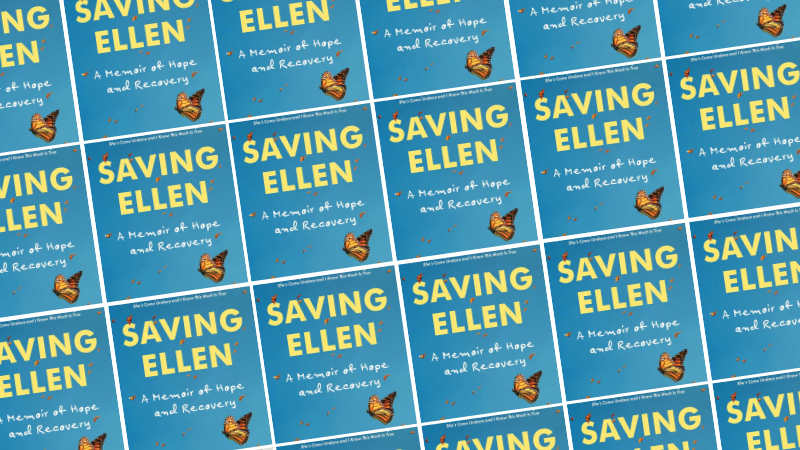
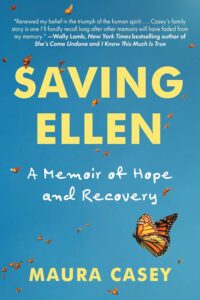 In her debut memoir, “Saving Ellen: A Memoir of Hope and Recovery” (Skyhorse Publishing, April 1, 2025), journalist Maura Casey crafts a vivid and poignant narrative of a working-class family’s resilience in the face of a terminal diagnosis.
In her debut memoir, “Saving Ellen: A Memoir of Hope and Recovery” (Skyhorse Publishing, April 1, 2025), journalist Maura Casey crafts a vivid and poignant narrative of a working-class family’s resilience in the face of a terminal diagnosis. Maura Casey grew up in an Irish-American family in Buffalo, New York, the youngest of six children. For more than 30 years, Casey was an opinion writer for three New England newspapers and The New York Times, where she had a seat on the exalted Times editorial board. Over the course of her career, Casey won 45 state, regional and national awards for her writing. She and her husband Pete have two adult children and two grandchildren. They live on a small Connecticut farm with their two dogs and a barn cat. Casey writes a weekly column, Casey’s Catch, (
Maura Casey grew up in an Irish-American family in Buffalo, New York, the youngest of six children. For more than 30 years, Casey was an opinion writer for three New England newspapers and The New York Times, where she had a seat on the exalted Times editorial board. Over the course of her career, Casey won 45 state, regional and national awards for her writing. She and her husband Pete have two adult children and two grandchildren. They live on a small Connecticut farm with their two dogs and a barn cat. Casey writes a weekly column, Casey’s Catch, (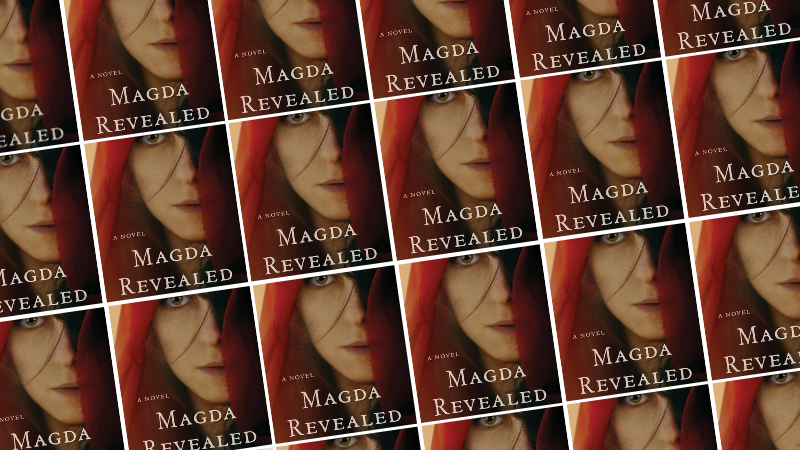

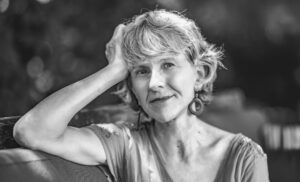 Ursula Werner
Ursula Werner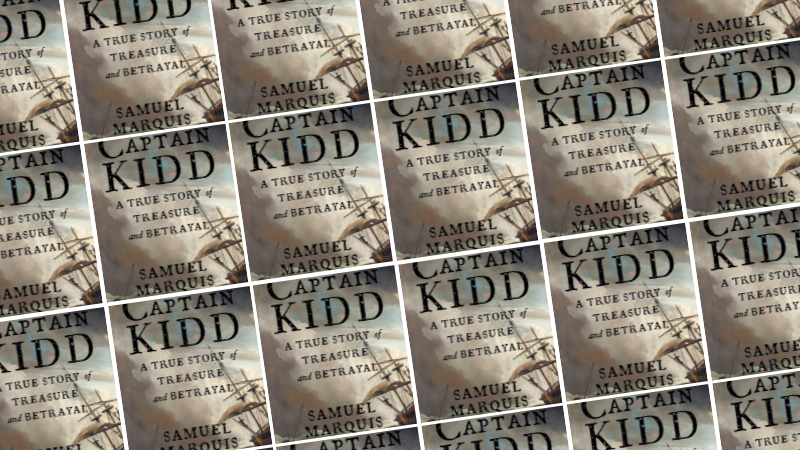
 DENVER, Colorado
DENVER, Colorado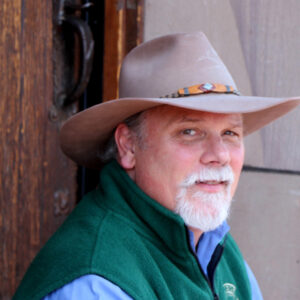 The ninth-great-grandson of legendary privateer Captain William Kidd, Samuel Marquis, M.S., P.G., is a professional hydrogeologist, expert witness, and bestselling, award-winning author of 12 American nonfiction-history, historical fiction, and suspense books, covering primarily the period from colonial America through WWII.
The ninth-great-grandson of legendary privateer Captain William Kidd, Samuel Marquis, M.S., P.G., is a professional hydrogeologist, expert witness, and bestselling, award-winning author of 12 American nonfiction-history, historical fiction, and suspense books, covering primarily the period from colonial America through WWII. 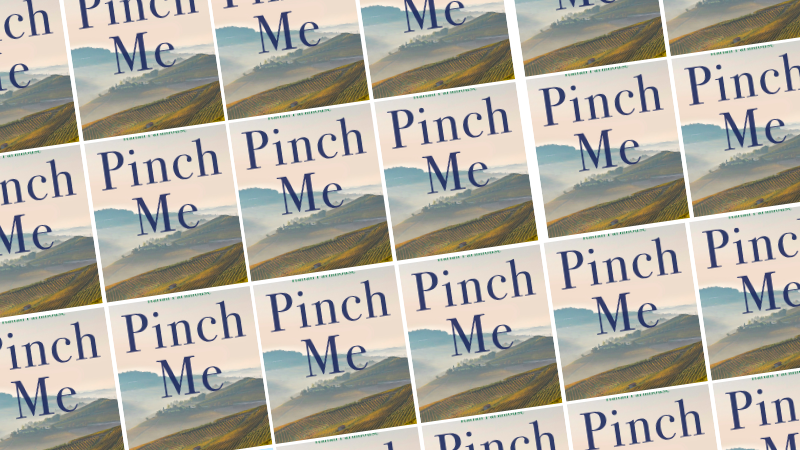
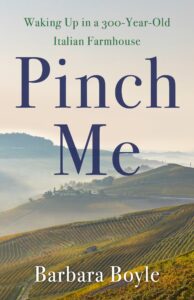 SAN FRANCISCO
SAN FRANCISCO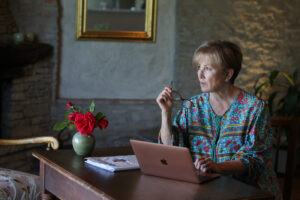 For years, Barbara Boyle enjoyed a colorful worldwide career as a creative director at Saatchi & Saatchi, Grey, Lowe and other advertising agencies, creating commercials and stories for Procter & Gamble, Johnson & Johnson, Mars Inc, and dozens of other marketers. Always a writer, this is the first time she has had the time required to author a book. Her flash fiction has appeared in Sky Island Journal, Star 82 Review, Flash Fiction Magazine, and other literary journals.
For years, Barbara Boyle enjoyed a colorful worldwide career as a creative director at Saatchi & Saatchi, Grey, Lowe and other advertising agencies, creating commercials and stories for Procter & Gamble, Johnson & Johnson, Mars Inc, and dozens of other marketers. Always a writer, this is the first time she has had the time required to author a book. Her flash fiction has appeared in Sky Island Journal, Star 82 Review, Flash Fiction Magazine, and other literary journals. 
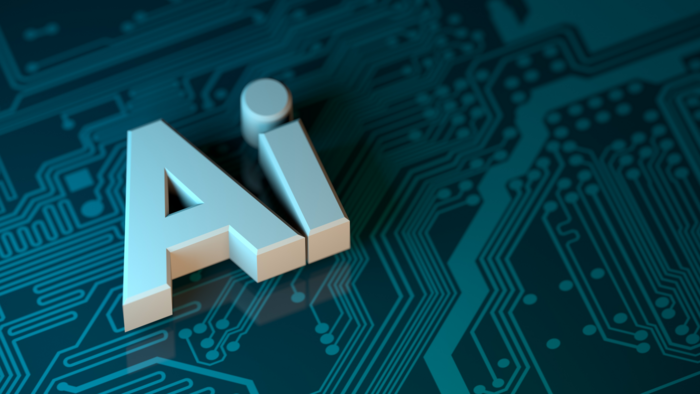



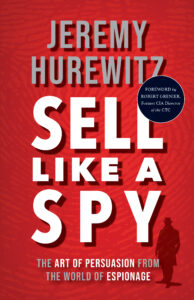
 Jeremy Hurewitz spent the first decade of his career overseas building the media association Project Syndicate while based out of Prague and Shanghai. He spearheaded a business development strategy that saw the association grow from a few dozen member newspapers in mostly Eastern Europe, to a truly global association of over 300 newspapers in over 100 countries.
Jeremy Hurewitz spent the first decade of his career overseas building the media association Project Syndicate while based out of Prague and Shanghai. He spearheaded a business development strategy that saw the association grow from a few dozen member newspapers in mostly Eastern Europe, to a truly global association of over 300 newspapers in over 100 countries. 
